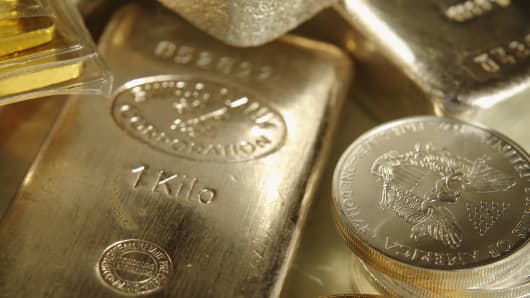Minutes from the Fed's April policy meeting only added to the uncertainty of the timing of the next interest rate hike. The statement released immediately after April's meeting was seen as dovish, but the minutes pushed investors into thinking a June hike is possible.
But we continue to believe the Fed will take a wait and see approach, passing up the June and July meeting, setting up the markets for a once and done September rate hike in the magnitude of 25 basis points. The good news for investors is that when this hike does occur, it presents an opportunity to increase investments across two key—albeit often overlooked—asset classes.
For investors who don't yet maintain allocations to precious metals and foreign currencies, the next Fed hike could offer a window for further diversifying into these asset classes at a discount. The primary strength of precious metals in any portfolio is that they are largely non-correlated in different investing environments. By incorporating them into your investment strategy, you can reduce the overall risk of your portfolio.





